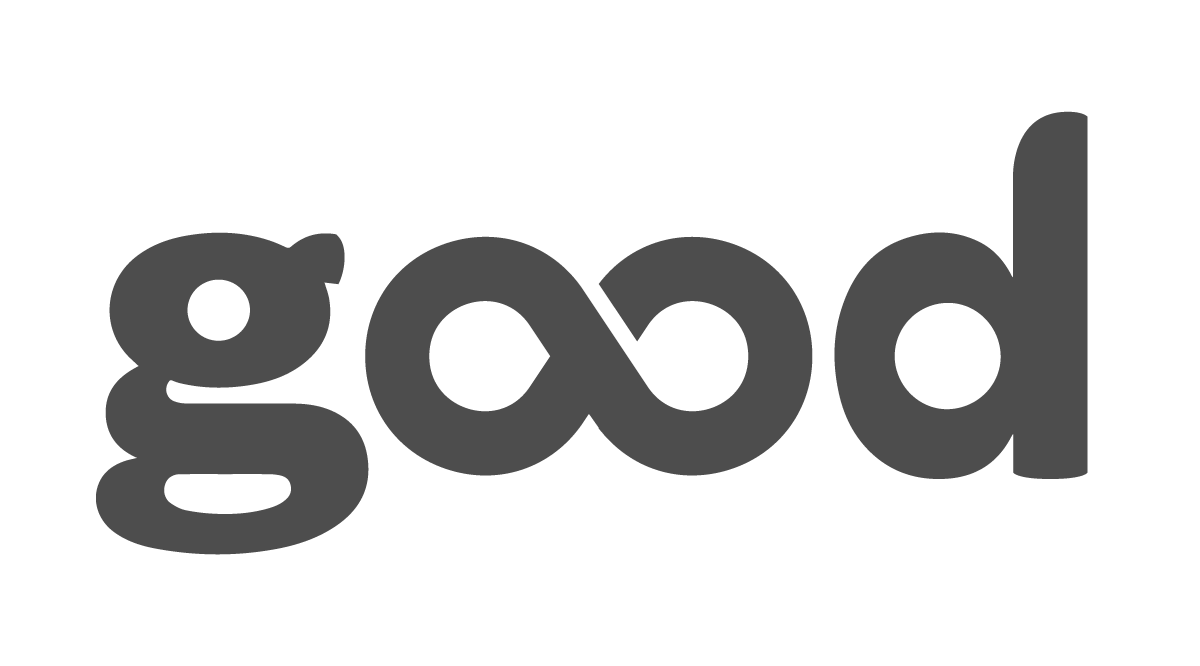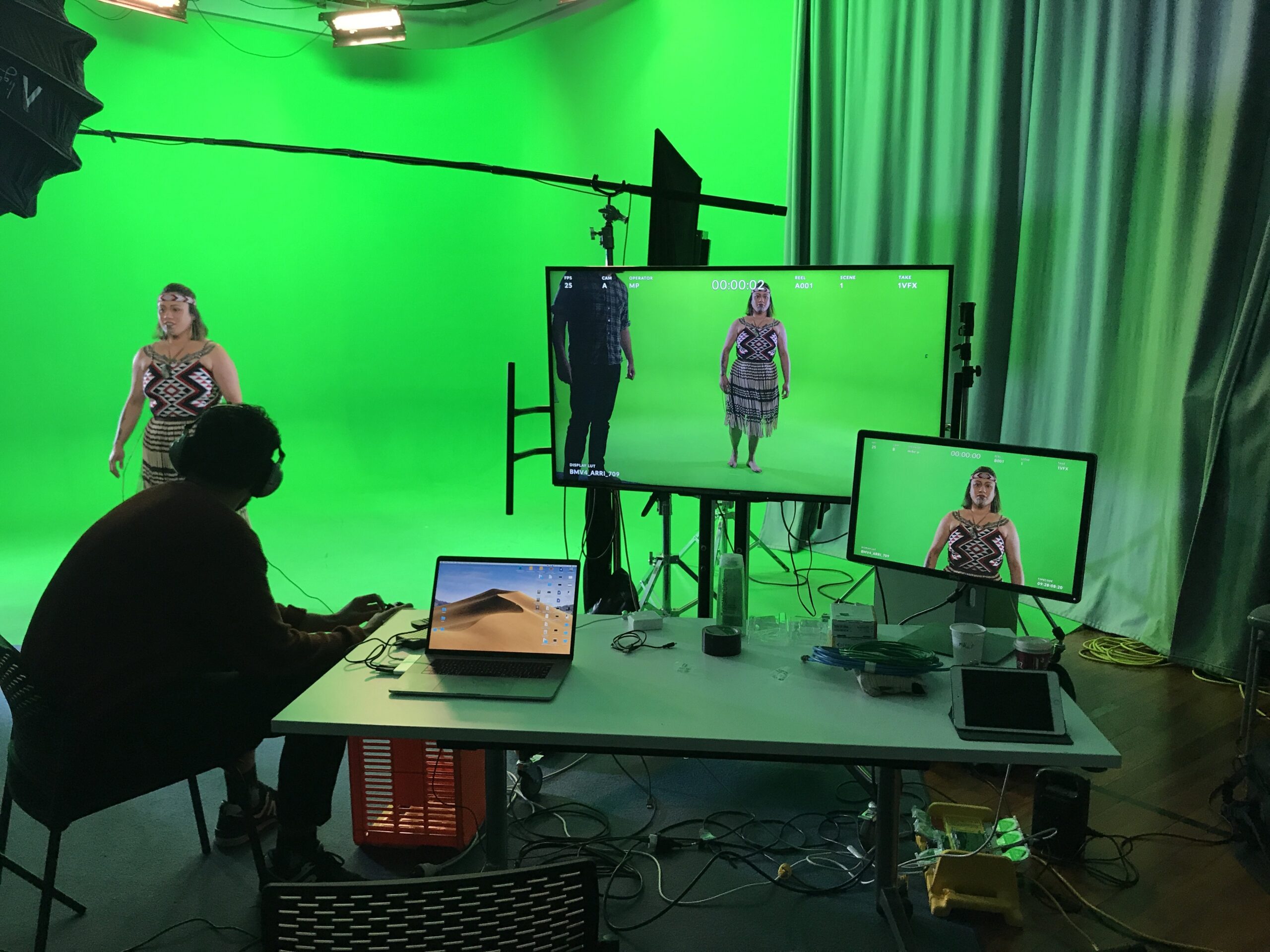There’s more than one way to wet your Weet-Bix, but which is more eco-friendly?
Bean juice sounds pretty unappetising—but drinking the breast milk of another species is also a little weird. So which is better for the environment: lactating cows or squeezed beans?

Large photo, above, via Flickr user Meantux
We buy milk so frequently that it’s thrown in the trolley with barely a thought. But there’s more than one way to wet your Weet-Bix—and there’s more to milk than just its taste, price and the colour of the lid.
New Zealand’s a dairy nation. Most of us never question why we drink milk. And it can come as a surprise—especially to city kids—that cows, like any other mammal, need a baby to make milk.
Here’s how dairying works. Cows are mated or inseminated each spring, and give birth 9½ months later. After their first feed, calves are removed from their mothers, who understandably get upset. Male calves (bulls) are slaughtered for veal or raised for beef; females (heifers) are usually raised as dairy cows. From age two they produce a calf, and milk, every year for up to six years, before going to the freezing works.
Apart from humans, no mammals drink milk after infancy, let alone milk from a different species. Even then, only a minority, generally Caucasians, drink cow’s milk. Still, we’ve been doing it since animals were domesticated around 8,000 BCE, and most Kiwis reckon milk tastes pretty good.
Milk has some pluses. It practically comes from our own backyards, so it’s low in food miles. It’s relatively unprocessed, although pasteurising and homogenising require a fair bit of energy. (You can drink it raw; see good.net.nz/rawmilk.) Despite recent price rises, it’s still cheap—approximately $2.10 per litre compared with around $3.30 for a litre of soy milk. And though we may miss glass milk bottles, plastic bottles are light to transport, meaning fewer emissions, and are recyclable almost everywhere in New Zealand.
Soy milk, by contrast, usually comes in Tetra Pak cartons, recyclable by only a handful of city councils. It has more miles on it, too: all the big soy brands sold here are made in Australia—the Vitasoy and Home Brand ranges from Australian-grown soybeans and Sanitarium and Pam’s soy milks from US-grown soybeans. Of course, beans also have to be ground, their fibre removed and water, sugar, calcium, vitamins and minerals added. That all requires energy.
What does soy milk have going for it? It’s lactose- and cholesterol-free, with less saturated fat than cow’s milk, yet it provides more essential fatty acids. Women who regularly consume soy milk are 70 percent less likely to have a heart attack or stroke; men are 70 percent less likely to develop prostate cancer. Two big issues—genetic modification and Amazon deforestation—don’t affect Kiwi soy milk drinkers. None of our major brands touch either GM or South American-grown beans.
Unlike cows, soy plants don’t belch methane or excrete nitrogen-rich waste, both of which contribute massively to climate change. Livestock generate 18 percent of the world’s greenhouse gas emissions—more than the world’s transport combined. Dairy farming also consumes vast amounts of water and pollutes New Zealand’s waterways.
Unpatriotic it may be, but on greenhouse gas and animal welfare grounds, soy milk is looking like the better choice.
Cost aside, switching to soy is much like moving from full-cream milk to trim—and didn’t everyone do that in the 80s? Take time to adjust to soy milk’s new taste and texture and to find a flavour you enjoy. Some organic brands can taste quite ‘beany’; others hint at vanilla. If you still can’t stand the stuff, consider buying organic cow’s milk from small farmers who are committed to ethical animal welfare and environmental practices.







